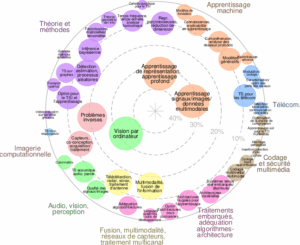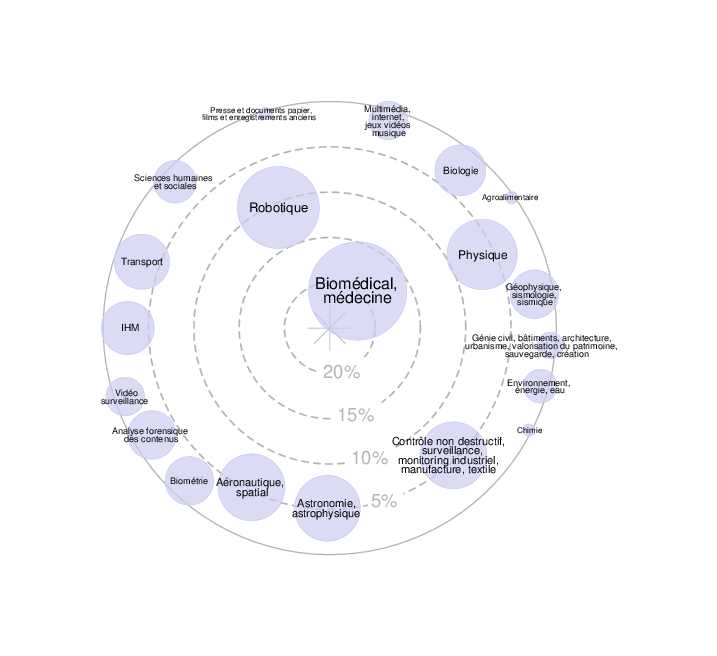GENERAL INFORMATION
| For more information, please contact: bmagnin@chu-clermontferrand.fr (B Magnin) Promotors: Benoît Magnin, radiologist in the University hospital of Clermont Ferrand Navid Rabbani, computer science researcher in the DIA2M (AI research group of University hospital of Clermont Ferrand) Daily advisor: Benoît Magnin, Navid Rabbani Number of students: 1 Dates of internship : From 02/02/2026 to 24/07/2026 Stipend: 4.35€/hour |
CONTEXT
Radiomics consists of extracting quantitative information, known as radiomic features, from medical images [1]. Used alone or combined with clinical, biological, or genetic data, these features can aid in diagnosis, evaluate therapeutic response, or predict prognosis [2]. Various factors that can affect the stability of radiomic features. Notably, radiomic features may be influenced by scanner-related factors, such as the manufacturer, acquisition parameters like spatial resolution, or echo time in MRI [3,4] and finally post-processing effects, such as smoothing or alteration of textures [5].
GOAL
The aim of the work is to create a convolutional neural network that would be able to extract radiomic features from the medical images, while maximizing the robustness of those features when altering acquisition parameters or post processing effects.
METHODOLOGY
The proposed study will rely on publicly available medical imaging databases (CT and MRI) for the initial development and training of the models. In addition, local MRI and CT datasets, including tumor cases and phantom imaging, will be used to further validate and assess the proposed approach. A variety of 2D and 3D Convolutional Neural Network (CNN) architectures and training approaches will be explored to identify optimal configurations for stable and robust radiomic feature extraction. The resulting models will be systematically evaluated in terms of radiomic feature reproducibility, stability, and sensitivity to noise or perturbations, using both public and local datasets.
PROFILE/REQUIRED SKILLS
The following skills are desired for the intern: Computer vision, Machine learning, Python, Pytorch.
REFERENCES
- Lambin P, Rios-Velazquez E, Leijenaar R, et al. Radiomics: extracting more information from medical images using advanced feature analysis. Eur J Cancer. 2012;48:441–6. doi: 10.1016/j.ejca.2011.11.036
- Aerts HJWL, Velazquez ER, Leijenaar RTH, et al. Decoding tumour phenotype by noninvasive imaging using a quantitative radiomics approach. Nat Commun. 2014;5:4006. doi: 10.1038/ncomms5006
- Bianchini L, Santinha J, Loução N, et al. A multicenter study on radiomic features from T 2 ‐weighted images of a customized MR pelvic phantom setting the basis for robust radiomic models in clinics. Magnetic Resonance in Med. 2021;85:1713–26. doi: 10.1002/mrm.28521
- Baeßler B, Weiss K, Pinto dos Santos D. Robustness and Reproducibility of Radiomics in Magnetic Resonance Imaging: A Phantom Study. Investigative Radiology. 2019;54:221–8. doi: 10.1097/RLI.0000000000000530
- Wichtmann BD, Harder FN, Weiss K, et al. Influence of Image Processing on Radiomic Features From Magnetic Resonance Imaging. Invest Radiol. 2023;58:199–208. doi: 10.1097/RLI.0000000000000921





